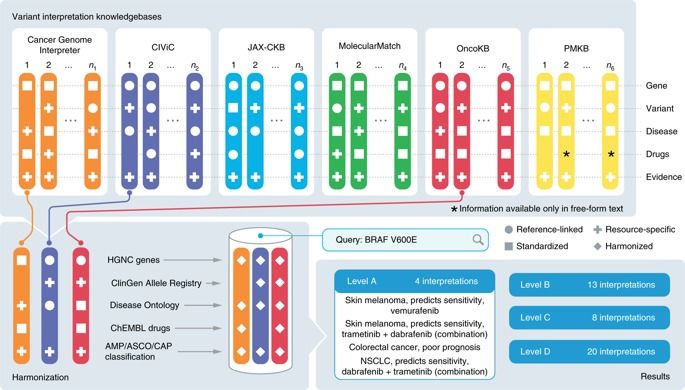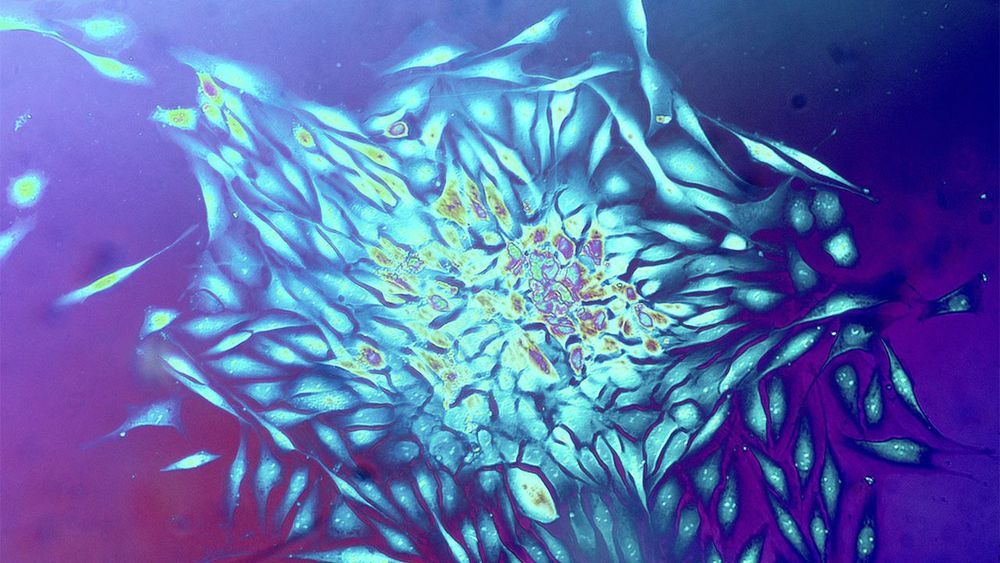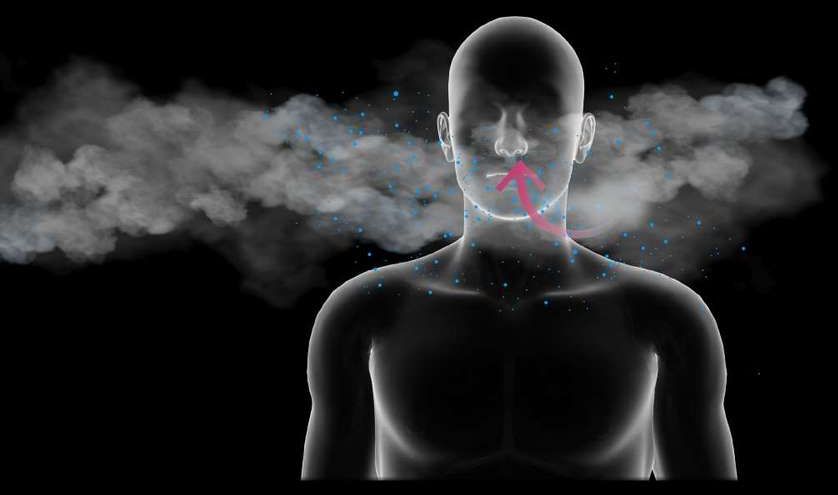If you have not seen these useless boxes, this one is the best so far! • Credit: @worldofartists • Via fxhm (youtube)… #engineer #funny #artistic #makingfactory #designer #invention #makersgonnamake #sandiego #electronics
Get the latest international news and world events from around the world.
COVID-19 vaccine candidate shows promise
Researchers at University of Pittsburgh School of Medicine report the creation of a promising COVID-19 vaccine candidate – named PittCoVacc – and are hoping for a fast approval track, lasting less than the usual year of testing, by the U.S. Food and Drug Administration (FDA).

A harmonized meta-knowledgebase of clinical interpretations of somatic genomic variants in cancer
:oooo.
Precision oncology relies on accurate discovery and interpretation of genomic variants, enabling individualized diagnosis, prognosis and therapy selection. We found that six prominent somatic cancer variant knowledgebases were highly disparate in content, structure and supporting primary literature, impeding consensus when evaluating variants and their relevance in a clinical setting. We developed a framework for harmonizing variant interpretations to produce a meta-knowledgebase of 12,856 aggregate interpretations. We demonstrated large gains in overlap between resources across variants, diseases and drugs as a result of this harmonization. We subsequently demonstrated improved matching between a patient cohort and harmonized interpretations of potential clinical significance, observing an increase from an average of 33% per individual knowledgebase to 57% in aggregate. Our analyses illuminate the need for open, interoperable sharing of variant interpretation data. We also provide a freely available web interface (search.cancervariants.org) for exploring the harmonized interpretations from these six knowledgebases.


Power grid stability likely to be affected during Sunday’s 9-minute blackout
Mumbai: Prime Minister Narendra Modi’s call for a nine-minute blackout at 9 pm on April 5 has raised concerns for power grid managers as they are gearing up for ensuring grid stability during the period.
State-run Power System Operation Corporation (POSOCO), which is responsible for integrated operation of the grid, is working towards ensuring there is no pressure on the grid due to the possible grid collapse and resultant blackout throughout the country.
The Central Electricity Regulatory Authority (CERA) necessitates permissible range of the frequency band of 49.95−50.05 Hz for normal running of grid and if there is any discrepancy in the same with sudden increase or decrease in power flow, it might result into grid collapse.

Coronavirus: tensions rise over scientists at heart of lockdown policy
The Royal Society is to create a network of disease modelling groups amid academic concern about the nation’s reliance on a single group of epidemiologists at Imperial College London whose predictions have dominated government policy, including the current lockdown.
It is to bring in modelling experts from fields as diverse as banking, astrophysics and the Met Office to build new mathematical representations of how the coronavirus epidemic is likely to spread across the UK — and how the lockdown can be ended.
The first public signs of academic tensions over Imperial’s domination of the debate came when Sunetra Gupta, professor of theoretical epidemiology at Oxford University, published a paper suggesting that some of Imperial’s key assumptions could be wrong.

Self-supervised learning is the future of AI
Despite the huge contributions of deep learning to the field of artificial intelligence, there’s something very wrong with it: It requires huge amounts of data. This is one thing that both the pioneers and critics of deep learning agree on. In fact, deep learning didn’t emerge as the leading AI technique until a few years ago because of the limited availability of useful data and the shortage of computing power to process that data.
Reducing the data-dependency of deep learning is currently among the top priorities of AI researchers.
In his keynote speech at the AAAI conference, computer scientist Yann LeCun discussed the limits of current deep learning techniques and presented the blueprint for “self-supervised learning,” his roadmap to solve deep learning’s data problem. LeCun is one of the godfathers of deep learning and the inventor of convolutional neural networks (CNN), one of the key elements that have spurred a revolution in artificial intelligence in the past decade.

Using AI To Help Governments Make Data-driven Decisions During Pandemics
A migrant worker in India dies after walking 200 km on the way back to his home [1].
Rural itinerant workers in China are being blocked from cities, kicked out of apartments and rejected by companies [2].
“Poverty will kill us before the virus” — Rajneesh, a migrant worker, walking 247Km on foot to his home [3].

